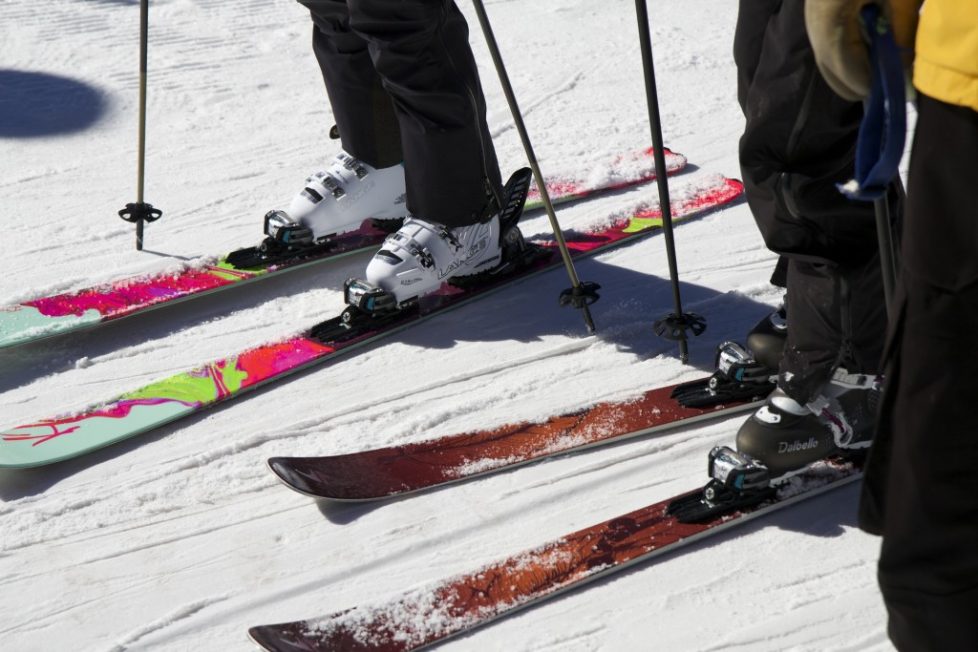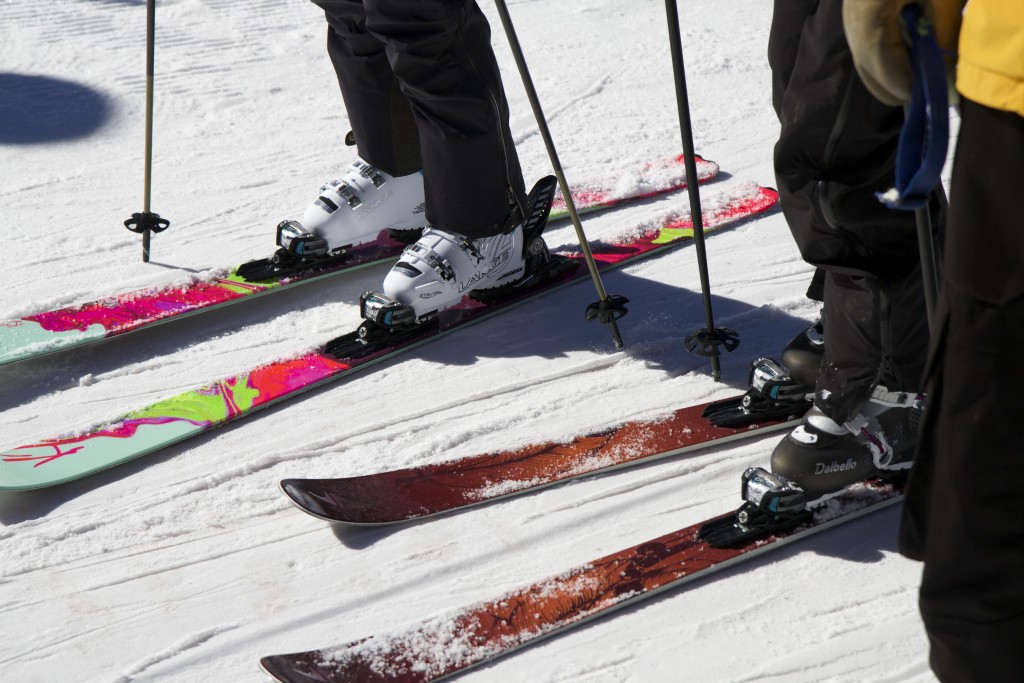Use These Ski Boot Fitting Tips To Stay Safe & Comfortable

Ski boots are going to affect a rider’s safety and comfort while on the slopes, but many people rush through this process only to find they are left with an improper fit. Boots in the wrong size can lead to a variety of issues ranging from rashes and blisters, to a lack of mobility and limited circulation. Whether an individual is renting a pair for a weekend excursion or looking to purchase durable boots that will last for multiple seasons, here are a few tips to ensure that they find the perfect fit.
The size of one’s feet actually changes quite a bit throughout the day and other variables such as air travel can swell feet even more. For those that are flying in for their ski trip, they will want to wait for at least one day after their air travel to allow the swelling to go down. It is also a good idea to go earlier in the morning as a full day of walking will flatten and swell feet. If the timing is less than ideal, then riders should speak with the rental staff about these issues so that they can adjust the size accordingly.

One of the most common mistakes made by newer skiers is trying on boots with the liners in them before anything else. It is actually more effective to carry out shell sizing and then move on from there. Shell sizing simply means wearing the boots without liners to get a better idea about the correct fit. One’s toes should barely touch the front of the plastic and the rental staff should be able to fit two fingers between the rider’s heels and the shells.
Once the shell sizing has narrowed down the choices, riders can then reinsert the liners and try on the boots. Most experienced riders buckle their boots starting from the top and working their way down. The middle buckles are the most important when it comes to keeping one’s feet securely in the boots and they should be as tight as possible without causing pain. Once the boots have been buckled, riders should be able to wiggle their toes slightly, but not lift their heels.
Investing in a pair of ski socks is never a bad idea and could drastically improve one’s comfort. Many skiers compensate for a lack of ski socks by layering other socks, but this can put too much pressure on the top of one’s feet and cause circulation issues. Footbeds are another great product to consider and will help a skier achieve a neutral stance. Much like shoe inserts, footbeds will mold around one’s feet and help with issues such as high arches.
Another common mistake that skiers make is changing out their shells or footbeds when they actually need to be canting their boots. Canting a boot is when an adjustment is made to the boot to counteract any natural tilt in one’s stance. No matter how well a pair of boots may fit, it is important for the skis to be perfectly flat in the snow and a skier’s boot will often need to be adjusted to allow for this. Those that are bowlegged or knock-kneed should ask the rental staff about canting the boots, or shimming them slightly to create a neutral stance while riding, but even those that are not may need slight canting, which can make a huge difference in comfort and safety in the end.
To know more information visit : Fleischer Sport
